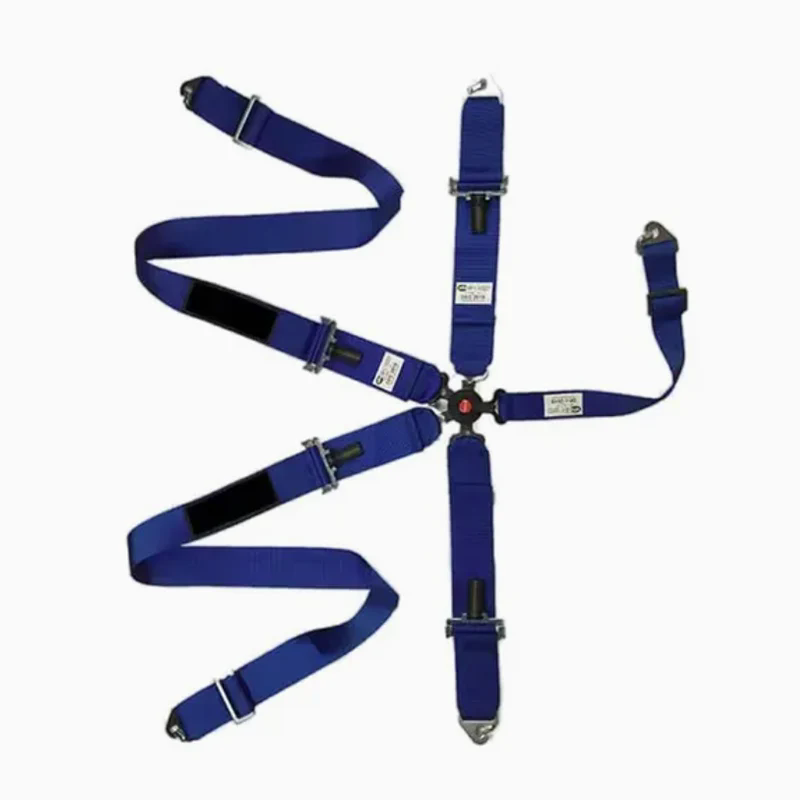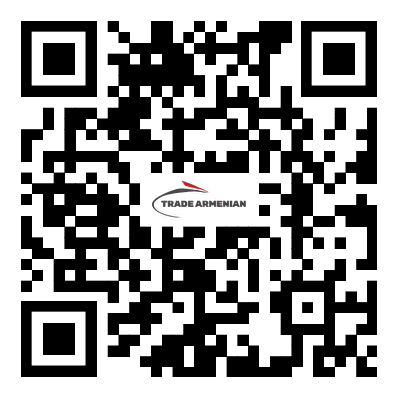What Are Automotive Seat Belts and Why Are They Crucial for Safety?
2025-07-24
Automotive seat belts are essential safety devices installed in vehicles to protect passengers during collisions or sudden stops. Designed to restrain occupants, seat belts minimize the risk of injury by preventing occupants from being thrown forward or ejected from the vehicle.

Types of Automotive Seat Belts
1. Lap Belts
Fasten over the waist.
Commonly used in older vehicles and rear seats.
2. Three-Point Seat Belts
Crosses over the chest and lap, providing upper and lower body restraint.
Standard in modern vehicles for front and rear seats.
3. Seat Belt Pretensioners
Automatically tighten the belt during a crash to reduce slack.
4. Load Limiters
Control the force applied by the belt to reduce injury to the chest.
5. Inflatable Seat Belts
Contain airbags inside the belt to distribute crash forces more evenly.
Key Components
Webbing: Durable fabric strap that secures the occupant.
Buckle: Latching mechanism for fastening the belt.
Retractor: Automatically tightens or loosens the belt for comfort and safety.
Anchor Points: Secure the belt to the vehicle frame.
Importance and Benefits
Reduces Injury Risk: Prevents occupants from hitting interior vehicle parts or being ejected.
Compliance with Safety Regulations: Mandatory in most countries for all vehicle occupants.
Improves Airbag Effectiveness: Works in conjunction with airbags to enhance protection.
Increases Survival Rates: Significantly lowers fatalities in road accidents.
Maintenance and Safety Tips
Regularly check for fraying or damage to the webbing.
Ensure the retractor mechanism works smoothly.
Replace seat belts after severe accidents.
Properly fit seat belts to all passengers, including children (use child restraints as required).
Conclusion
Automotive seat belts are a critical component of vehicle safety systems, proven to save lives and reduce injuries during crashes. Understanding their types, functions, and maintenance ensures optimal protection for all vehicle occupants.


